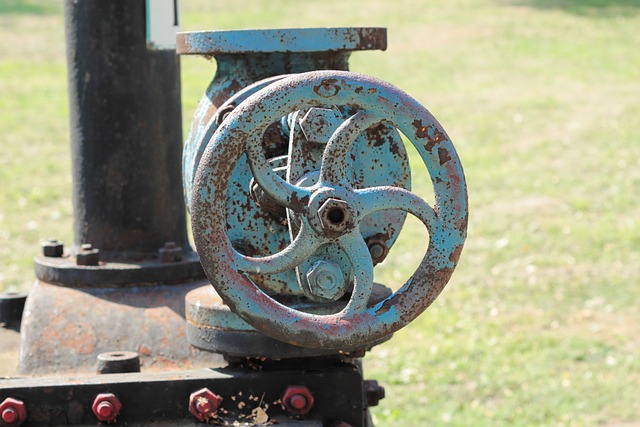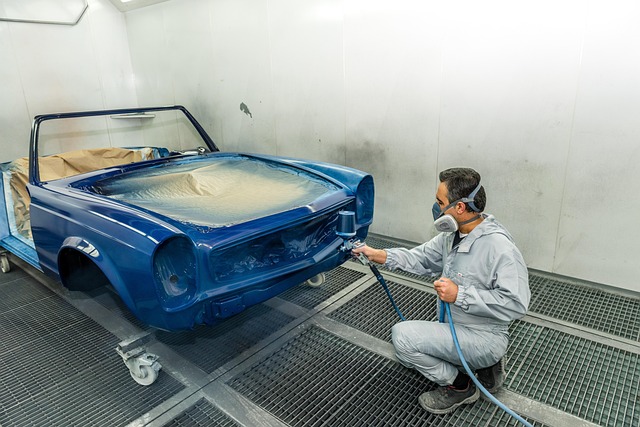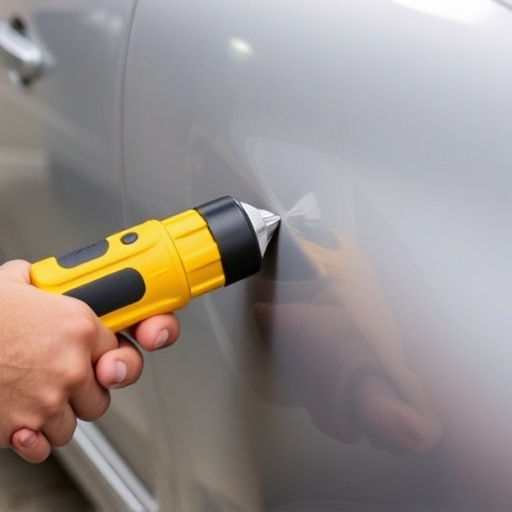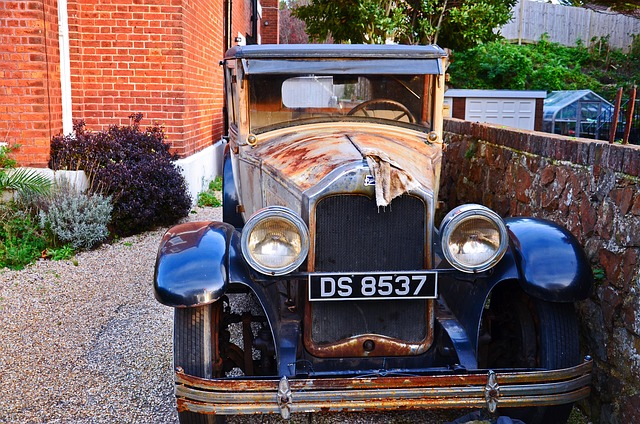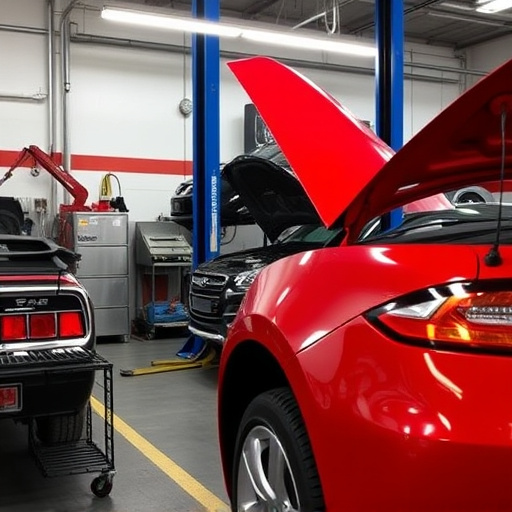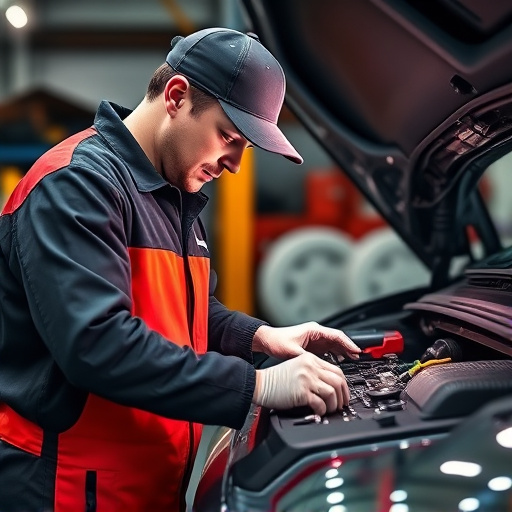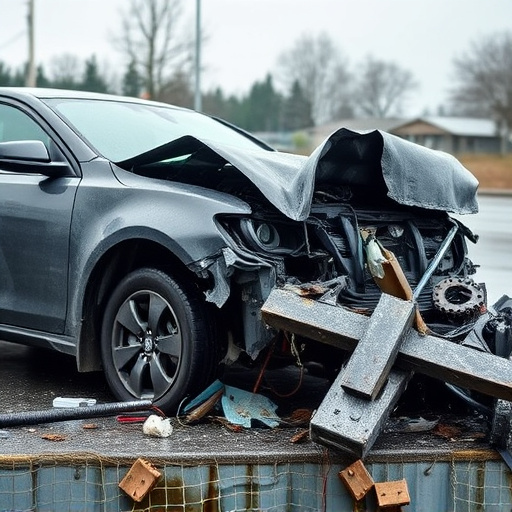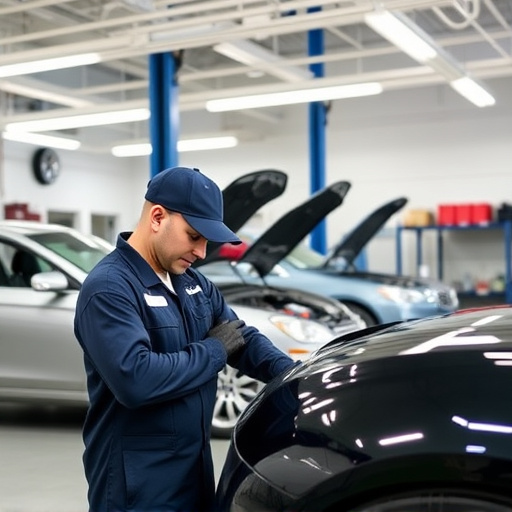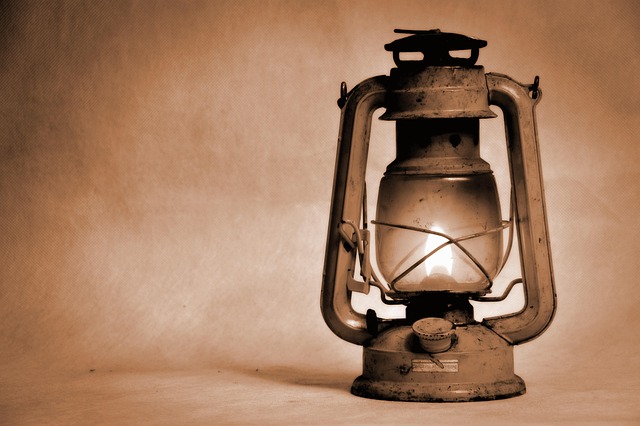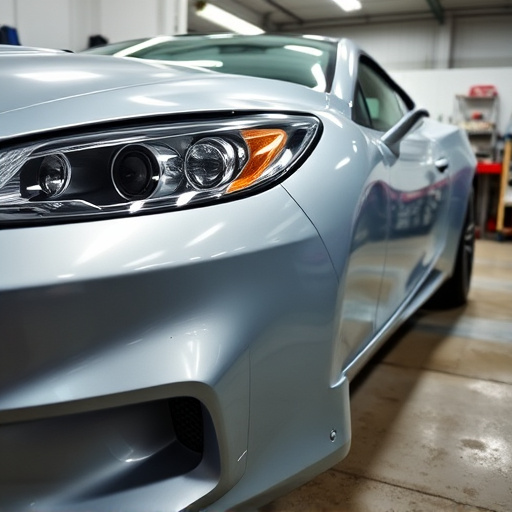Understanding insurance coverage for rear bumper repairs is key. Policies differentiate between minor and significant damages, with varying deductibles. Comprehensive insurance covers non-collision incidents like hail damage. Review policy details to navigate claims process efficiently. Contact insurer, document damage, visit repair center for assessment. Shop provides estimate, gets approval, then repairs vehicle.
Considering that rear bumper repairs are a common automotive concern, understanding insurance coverage can save you time and money. This article guides you through navigating your options, especially if your policy includes damage coverage. We explore the ins and outs of insurance for rear bumper repairs, shedding light on common causes of such damages and simplifying the claims process. By the end, you’ll be equipped to make informed decisions regarding your vehicle’s upkeep.
- Understanding Insurance Coverage for Rear Bumper Repairs
- Common Causes of Rear Bumper Damage and Claims
- Navigating the Claims Process for Your Rear Bumper Repair
Understanding Insurance Coverage for Rear Bumper Repairs

Understanding Insurance Coverage for Rear Bumper Repairs
When it comes to rear bumper repair, knowing your insurance coverage is crucial. Many standard auto insurance policies include provisions for vehicle damage, including rear-end collisions. If your Mercedes Benz or any other vehicle has sustained a rear bumper dent or crack due to an accident, you may be eligible for compensation from your insurer. The key lies in understanding the specific terms and conditions of your policy, which often classify repairs as either minor or significant based on cost and impact on safety. For minor damages, insurance companies frequently cover repairs without a deductible, while more substantial rear bumper repairs might require out-of-pocket expenses or be subject to deductibles.
Auto body repairs, especially for high-end vehicles like Mercedes Benz, can vary widely in cost. It’s essential to review your policy details and communicate with your insurance provider to ascertain the level of coverage for your specific scenario. In some cases, comprehensive insurance plans that include automotive repair services may offer more extensive coverage for rear bumper repairs, ensuring peace of mind should an accident occur. Being informed about these aspects can help drivers navigate the claims process more effectively, potentially saving time and money during auto body repairs.
Common Causes of Rear Bumper Damage and Claims
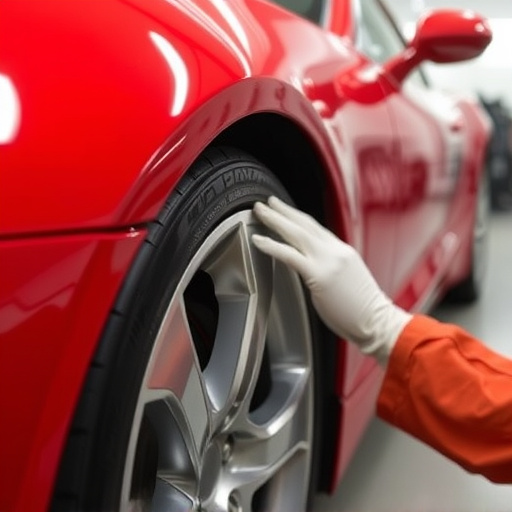
Rear bumpers take a lot of abuse, from minor fender benders to significant collisions. Common causes of rear bumper damage include hail damage repair, rear-end collisions, parking lot bumps, and even simple nicks or scratches from loading or unloading. These incidents can range from relatively minor scuffs to severe dents or complete dislodgement of the bumper.
When a rear bumper is damaged, it may be covered by your auto insurance policy, depending on the circumstances and your specific coverage. Comprehensive insurance typically covers rear bumper repair for incidents not involving a direct collision with another vehicle, such as hail damage. Collision coverage is designed to handle accidents with other cars. Always review your policy or consult your insurance provider to understand what’s covered in case of rear bumper damage.
Navigating the Claims Process for Your Rear Bumper Repair

Navigating the claims process for your rear bumper repair can seem daunting, but understanding the steps involved will make it smoother. Start by contacting your insurance company to inform them about the damage and request a claim. They’ll guide you on the next actions, which often include taking pictures of the damaged bumper and visiting a collision repair center for an assessment.
Once at the collision repair center, they’ll provide an estimate for the rear bumper repair or replacement, along with potential costs for related services like auto glass replacement if needed. After approval from your insurance company, the repair shop will begin work, ensuring that upon completion, your vehicle is safe to drive and looking as good as new.
If your rear bumper has sustained damage, don’t overlook the possibility of insurance coverage. Understanding your policy’s terms and navigating the claims process can help you get your vehicle back on the road efficiently. By being aware of common causes of rear bumper damage and knowing how to file a claim, you can ensure a smoother experience during repairs, potentially saving you time and money.

